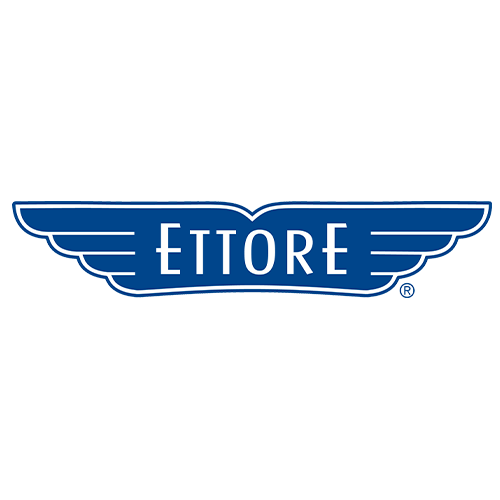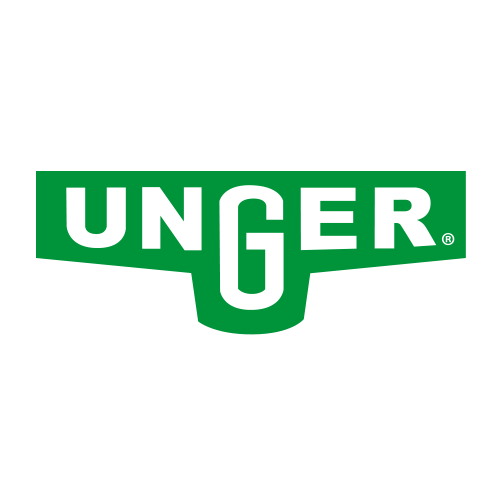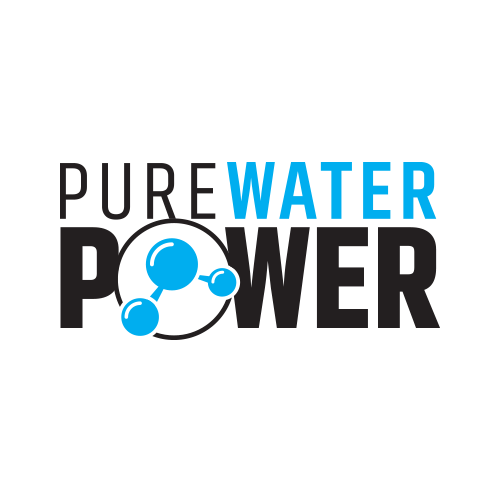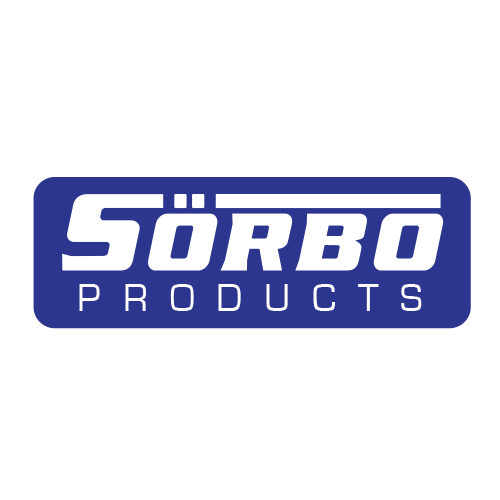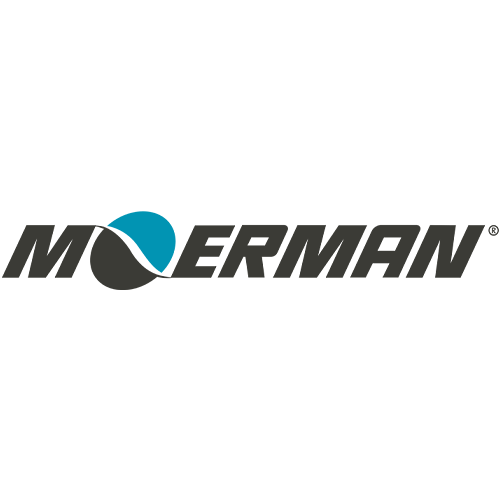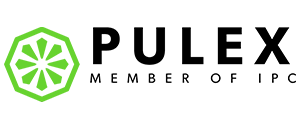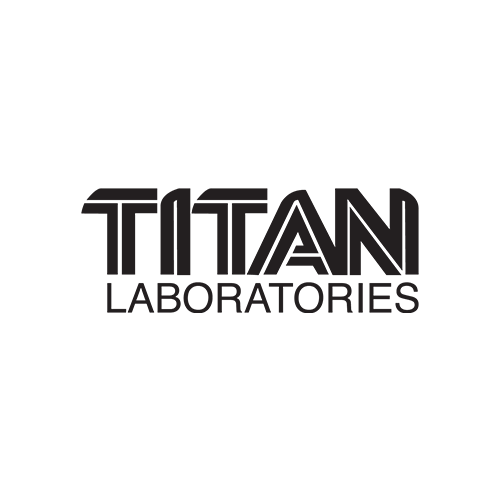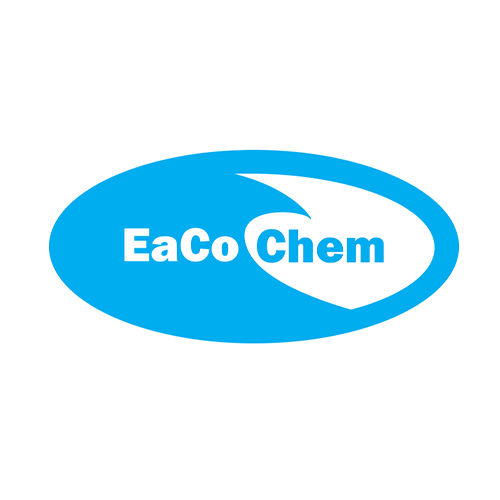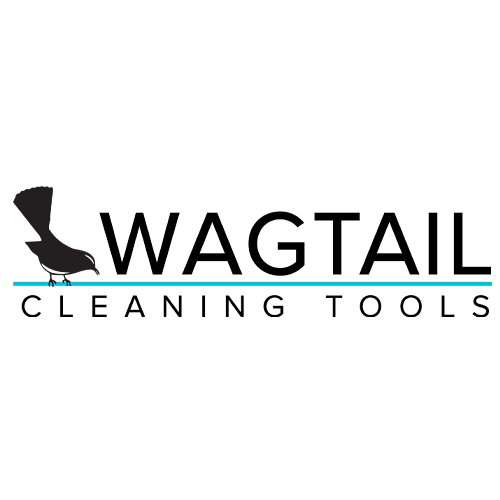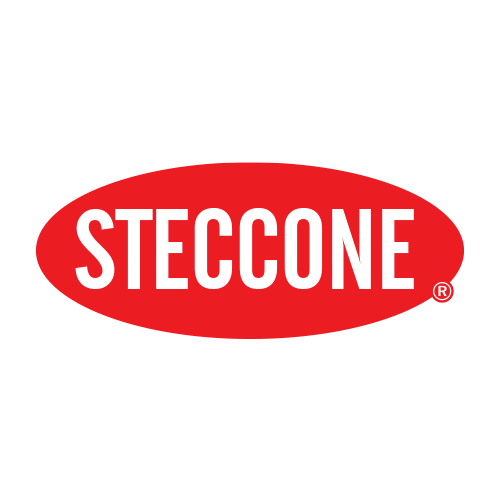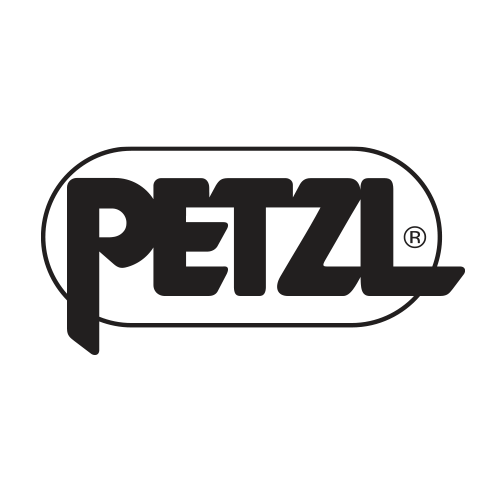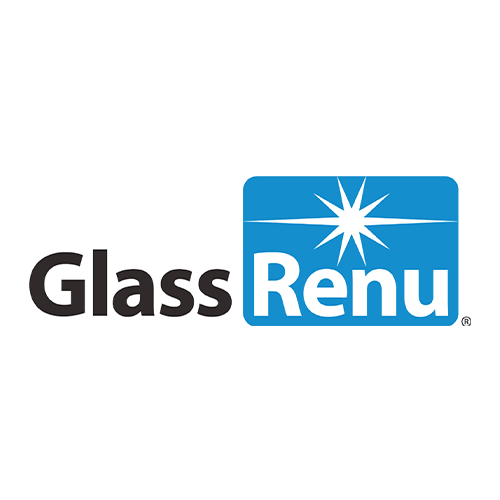Has anybody heard of mixing these two chemicals? Local supplier swears by a solution of 2gal SH, 1 gal brown stuff, and 1 cup Klingon, and 2 gal H2O.
It’s basically outdoor bleach. Just be sure you don’t use it on vinyl or paint
It won’t blow up or gas you out.
Household bleach is usually a solution containing sodium hypochlorite and sodium hydroxide; the sodium hydroxide is used to slow the decomposition of sodium hypochlorite.
I was dumb enough to buy a 5 gal bucket of “the brown stuff” once… won’t do it again. Didn’t do anything for me…
Your supplier shouldn’t be so cavalier with his advice. Sodium Hydroxide is a powerful degreaser, and can cause a lot of damage if you don’t know what you’re doing.
It will strip oxidation, cause damage to aluminum and metal coatings, and possibly etch certain types of glass.
I’ve added a little hydroxide (like half a cup for a 5 gallon mix) to my housewashing mix for buildings that were on a main road and had a lot of exhaust and road film. But it’s not part of my standard mix.
Am I wrong here, but isn’t the common name for NAOH lye? Just did the search, and confirmed this suspicion. When I mixed this brown stuff with my solution, I REALLY didn’t notice any difference in the brick I was cleaning. I don’t really see the upside of spending a lot more money for a solution that includes lye when SH is doing the job just fine without the lye.
Thanks for your recommendation, and I believe I’ll defer to your wisdom. They can keep the Brown Stuff.
Or caustic soda. It’s got a few names. If I’m not mistaken, “lye” can also refer to potassium hydroxide, aka potash.
Kind of like how “bleach” can refer to other whitening substances besides SH, like hydrogen peroxide.
Regardless of what you call it, it’s a powerful tool for your arsenal. But just like a bazooka, you shouldn’t be using it for every situation
Most sodium hypochlorite has a small amount of sodium hydroxide added to it as a stabiliser.
Some house wash surfactants have a small amount of sodium hydroxide added as an alkalinity booster.
Yes you can add a small amount to your house wash mix but keep an eye on your PH levels, even more so if you use pearl which is 100% sodium hydroxide. If you’re using liquid, it’s a maximum of 50%
Remember, sodium hydroxide is an incredibly powerful oxidiser and produces a violent exothermic reaction with water. This means you need to be careful when transporting it, especially if you use pearl. It reacts with water to produce intense heat and oxygen. It can literally ignite nearby flammable material when wet.
and remember the other basic stuff you already know. ONLY Add sodium hydroxide to water, never the other way round. When you rinse a vessel that has contained sodium hydroxide… use A LOT of plain water. If there’s more chemical in the vessel than you thought, and you just add a little bit of water you can easily melt a hole in a plastic bucket.
As with most chemicals, sodium hydroxide by itself is of limited use. With the addition of wetting agents and builders found in a blended product you can use a much lower % of sodium hydroxide and achieve better results.
was buying it too I agree
yup, this thread is old, but @Mattliamjackson brought it back to life so I’ll throw in my two cents.
The brown stuff can actually assist you and is compatible with bleach. But if you are already running a hot mix you won’t see a change. Where i see many people using this is when they treat the brown stuff like a house wash and add in SH for the one or two sides of the building that have a bunch of mold. As we ALL know SH doesn’t actually clean, so the caustic brown stuff can give you a boost in the cleaning department. I know several guys locally who do it this way.
As for the rest of the posts:
Sodium hydroxide is NOT outdoor bleach
TRUE!
FALSE, sodium hydroxide alone isn’t a powerful degreaser, but it can tear through stuff because of it’s aggressive corrosive nature, but please don’t treat it like a degreaser.
TRUE
it is
FALSE; lye is only caustic soda
Sodium hydroxide is NOT an oxidizer, it ships as a corrosive only. If it were an oxidizer it would be shipping under a class 8 corrosive and a class 5.1 oxidizer, it does not.
It does indeed do that.
No, it can’t.
You need decaf Mary
LOL! perhaps
You should probably go edit the Wikipedia page for Lye, then. ![]()
![]()
Thanks for letting me know…I actually did. I’ve written/updated a few of those pages…weird I know, but sometimes I’m bored.
Potash is potassium hydroxide, it is confused with the term lye because you can make lye from ASHes…but lye is most commonly known as sodium hydroxide.
Any that’s how you found us! How are you still bored after finding this circus?
Well, lot’s of mechanical stuff lately…that’s not really my scene 
False. Maybe that is true for a stain in the laundry. But when I wash siding, I still have to rinse. The green stuff turns brown and runs down the side of the house. It would be nice if it magically turned invisible, but it doesn’t seem to work like that. Same thing with my coffee pot. I pour some bleach in there and a few minutes later all that brown garbage is floating in the water and the stainless steel is nice and clean and shiny.
You’ve done it now
Shhhhh. I want to see what happens.
Yes, I’m trolling.





